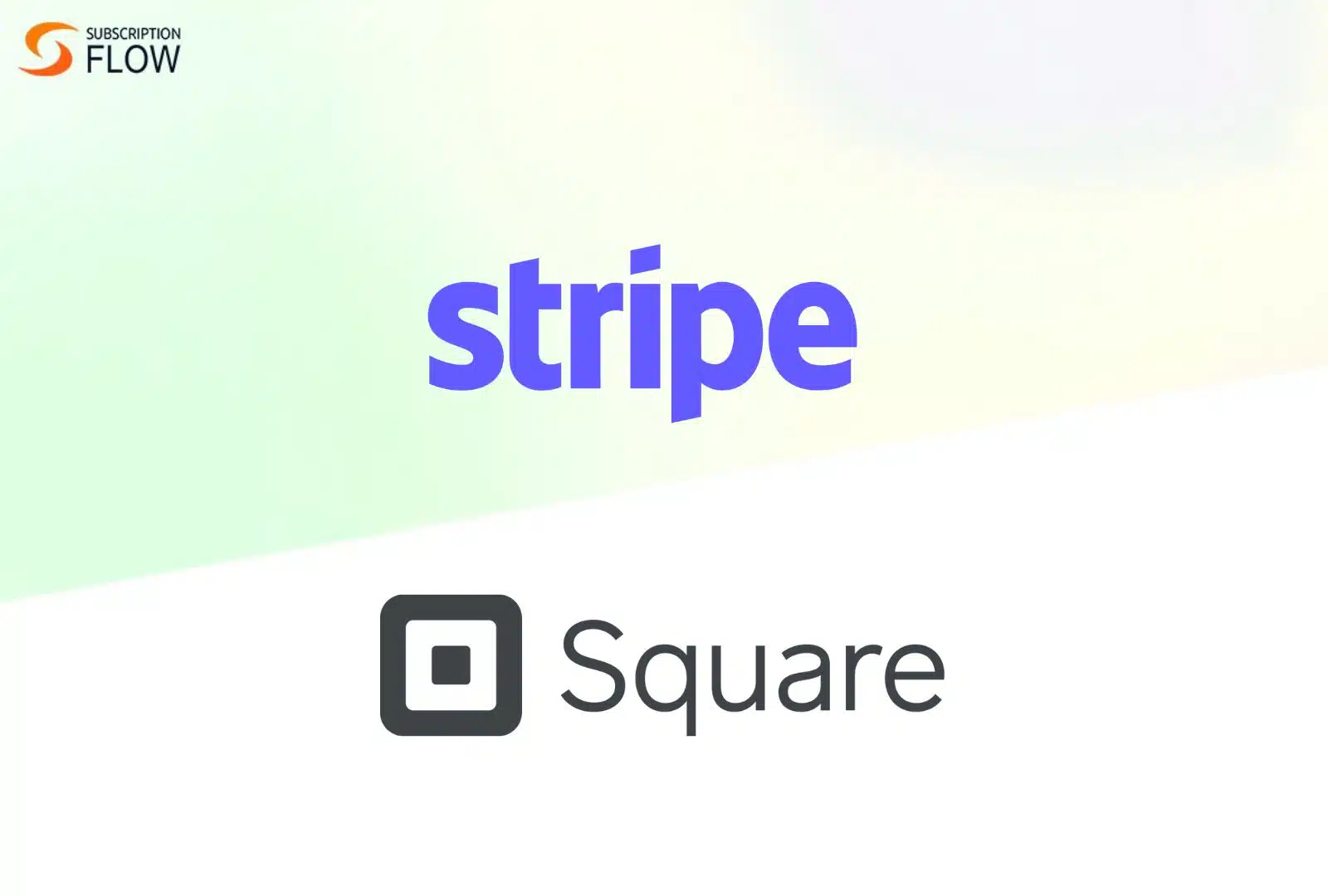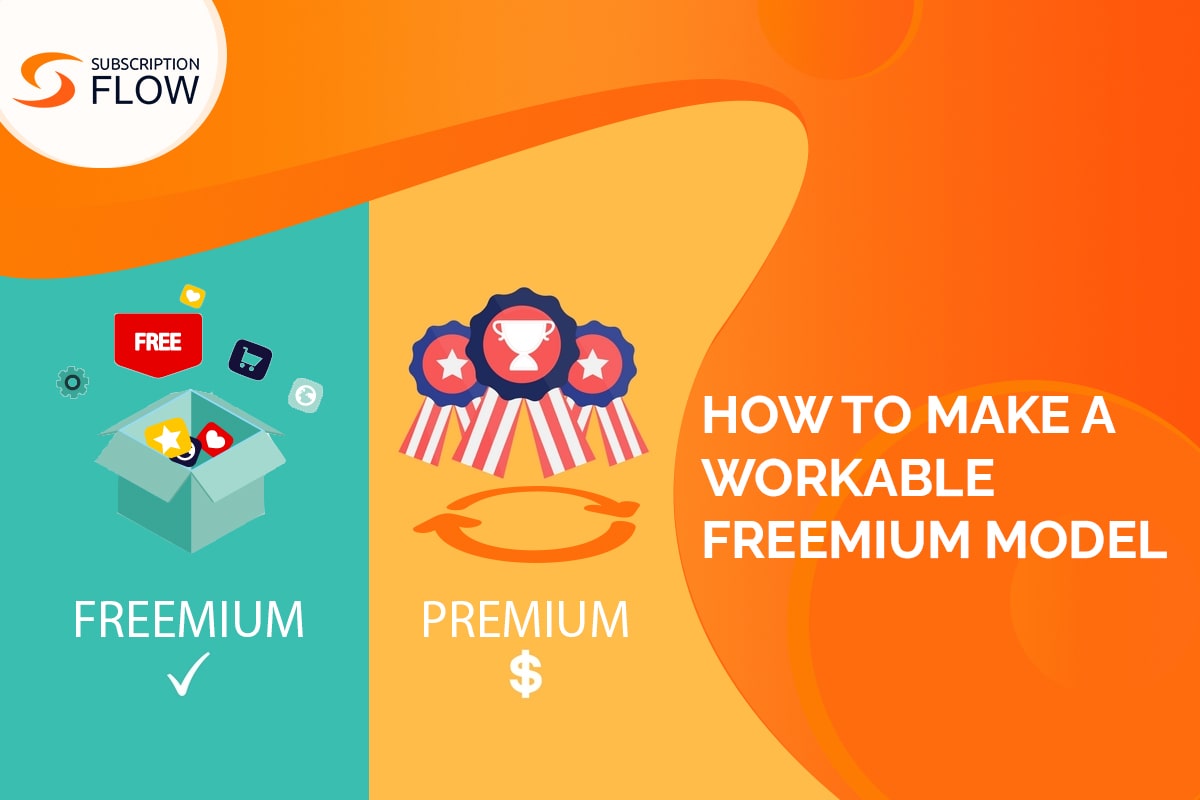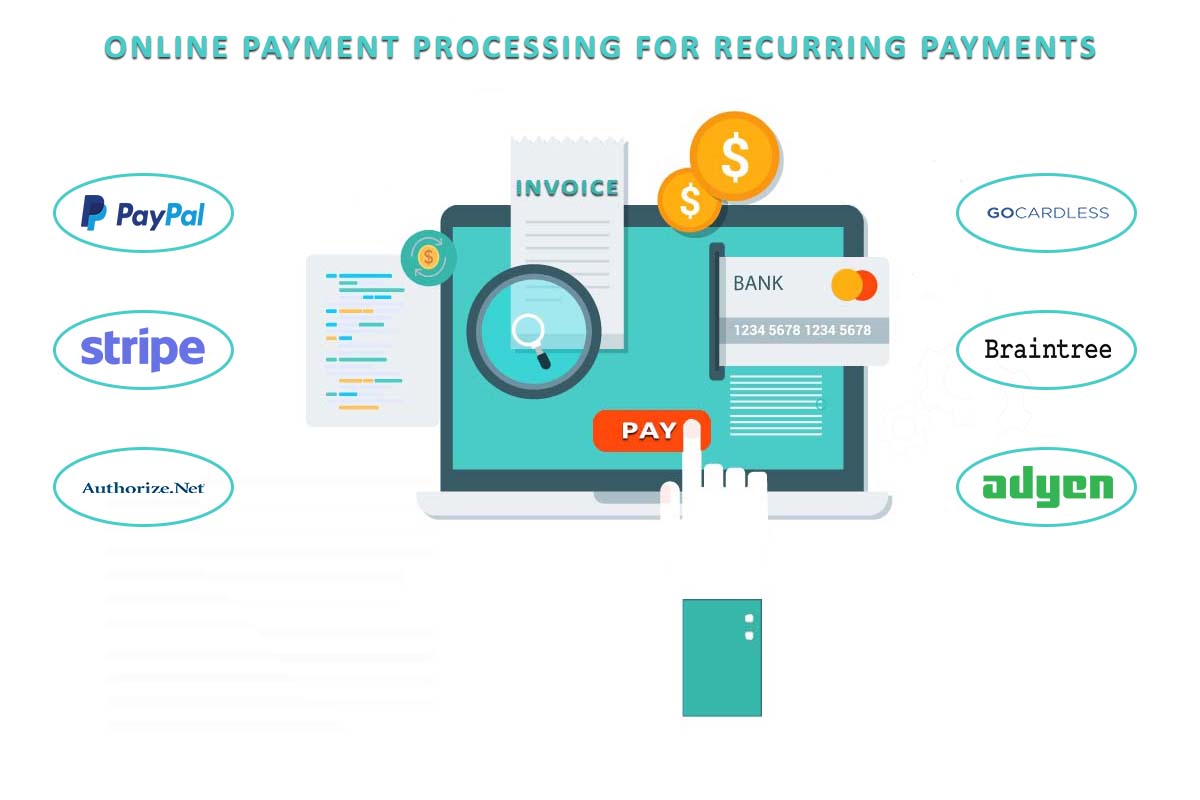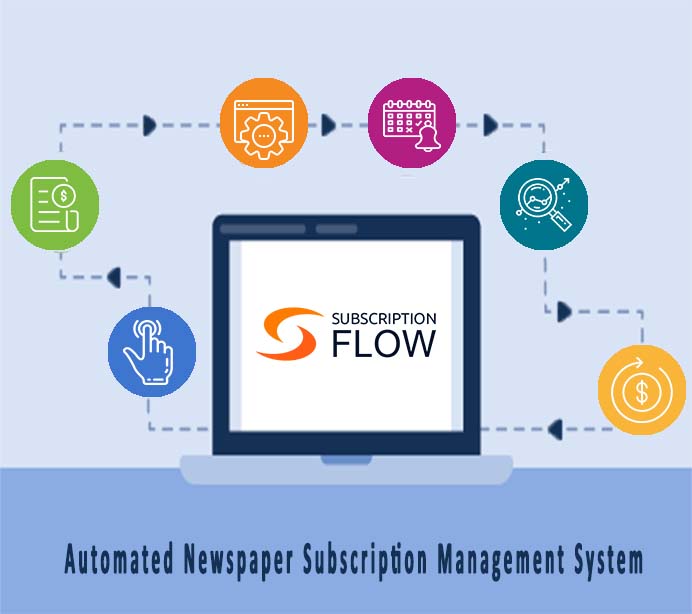
Stripe vs Square: Which One is Right for Your Business?
In an increasingly saturated market of payment service providers, it can be challenging to find the best solution for your unique business needs. If you’re on the lookout for an efficient payment processing solution and are considering Stripe vs Square, we’re here to help.
Stripe and Square are two market leaders in merchant services and are both remarkably similar in many respects. As a result of this brand recognition, it can be difficult to distinguish between the two and assess which is better suited to your business.
In this article, we’ll compare and contrast Stripe vs Square to help you make an informed decision on which payment processing service – if either – is right for your business.
Buckle in for a thorough Stripe vs. Square: payment processor comparison.
What is Stripe?
Stripe was launched in 2010 as an online payment solution that integrated into eCommerce websites or mobile applications to power payment processing. In 2018, Stripe also launched an in-person payment solution to enable omnichannel sales.
Stripe powers payments in over 135 currencies and supports countless different payment methods including credit and debit cards, digital wallets, bank transfers, real-time payments, prepaid cards, and gift cards, etc. Stripe also allows businesses to create custom payment methods, making it a highly versatile payment processing option for businesses. Additionally, the platform also offers features such as fraud prevention and subscription billing and is known for being developer-friendly.
Stripe caters to businesses of all sizes and is particularly popular in the e-commerce industry as the platform is better suited to serve online, rather than in brick-and-mortar stores.
What is Square?
Square is a merchant service provider catering to small and medium-sized businesses, including retailers and restaurants. Founded in 2009, they changed the game for small brick-and-mortar businesses by introducing an iPad POS system. In 2016, they also started offering online payment processing.
Square offers a range of products and services, including point-of-sale hardware and software, payment processing, financing, analytics, and inventory management tools. It supports a wide range of payment methods including credit and debit cards, contactless payments, digital invoices, ACH bank transfers, as well as, cash and cheques.
The primary product that gives it its name is a small, square-shaped credit card reader that plugs into a smartphone or tablet and allows businesses to accept credit and debit card payments. The platform is best suited to small business owners looking for an affordable point-of-sale (POS) solution.
Read Also: Stripe vs GoCardless: Which Payment Gateway is Better
Stripe vs Square Comparison
Fees and Pricing
An important factor to consider when choosing a payment processing service is fees and pricing. Here’s how Stripe and Square compare:
Stripe fees:
- No monthly fee
- 2.9% + $0.30 per successful transaction for online payments
- 2.7% + $0.10 per successful transaction for in-person payments
- + 1% + $0.30 international processing fee plus +1% for currency conversion
- ACH payments: 8% (max $5)
- Chargeback: $15
Square fees:
- Monthly fee to build an online eCommerce store
- 2.9% + $0.30 per successful transaction for online payments
- 2.6% + $0.10 per successful transaction for in-person payments
- No international transaction fees
- ACH payments: 1% (min $1)
- Chargeback: $0
Both Stripe and Square offer competitive pricing, but Square has lower fees for in-person payments.
Stripe, on the other hand, has lower fees for online payments with the standard fee applicable to all major credit and debit cards, as well as, Apple Pay and Google Pay.
Square has a somewhat more complex pricing structure that varies depending on the type of transaction and the payment method used.
Supported Payment Methods
Another vital factor to consider is the versatility of payment options supported by the payment processor. Here’s how Stripe and Square compare:
Stripe supports nearly universal payment options including:
- Credit and debit cards
- Apple Pay and Google Pay
- ACH payments
- International payments: Alipay, iDeal, etc.
- Buy now, pay later
Square payment processing options include:
- Credit and debit cards
- Digital wallets, Apple Pay and Google Pay
- Gift cards
- E-checks
- Cash payments (with Square Cash App)
Both Stripe and Square offer similar payment processing options. Stripe offers more payment options, but Square offers the additional option of accepting gift cards and cash payments that are not supported by Stripe.
Merchant User Experience
Merchant user experience is crucial when it comes to selecting the right payment service provider. Here’s how Stripe and Square compare:
Stripe user experience:
- Requires some technical expertise to navigate
- Customizable checkout forms
- Sleek and modern interface
Square user experience:
- User-friendly and intuitive interface
- Customizable POS interfaces
- Colourful and playful interface
- Easy-to-use
Both Stripe and Square offer a user-friendly interface and an easy set-up process. However, Stripe’s interface may be more suitable for businesses with advanced payment processing needs, while Square’s interface may be better suited for small businesses with basic payment processing needs.
Integrations and Features
Integrations and features offered are central to the right choice of a payment service provider. Here’s how Stripe and Square compare:
Stripe integrations and features:
- Over 300 integrations with third-party applications, such as Shopify and WooCommerce
- Advanced payment processing features, such as recurring billing and subscription management
- Unified financial reporting
- Built-in reporting
- Customer reporting
- Accounting support with QuickBooks
- Tax reporting integrations
Square integrations and features:
- Integrates with popular accounting software, such as QuickBooks
- Offers features such as point-of-sale (POS) systems and inventory management
- Advanced analytics and reporting tools
- Marketing tools
- Mobile app for backend reporting
- POS software
Both Stripe and Square offer a range of integrations and features. Stripe’s advanced payment processing features cater better to businesses with complex payment processing needs and Square offers POS software that Stripe does not.
Customer Support
When trusting a service provider with something as sensitive as payments, your business wants to ensure it will never be abandoned in times of crisis. Stellar customer support is a high-priority consideration. Here’s how Stripe and Square compare:
Stripe customer support:
- Offers email and phone support
- Offers online documentation and community forums
Square customer support:
- Offers email and phone support
- Offers a knowledge base and community forums
Both Stripe and Square offer similar customer support options. Stripe’s online documentation may be more suitable for businesses that prefer self-service support.
Security
Last but certainly not least, security is another uncompromisable consideration in choosing the best payment processing service for your business. Here’s how Stripe and Square compare:
Both Stripe and Square offer the following security features:
- Offers advanced fraud detection and prevention measures
- Complies with PCI DSS Level 1 security standards
- API security
- Two-factor authentication
- Security tokens
Square additionally offers:
- EMV chip card support
Both Stripe and Square offer advanced security measures and comply with the highest level of security standards. However, Stripe’s advanced fraud detection and prevention measures may be more suitable for businesses with higher-risk transactions.
Stripe vs Square: Pros and Cons
Here’s a summary of the pros and cons of using Stripe and Square:
Stripe pros:
- Lower fees for online payments
- Advanced payment processing features
- Developer friendly
- Fully customizable checkout experience
Stripe cons:
- Requires a degree of tech-savvy
- Higher fees for in-person payments
- Chargeback fees
- International fees
Square pros:
- Lower fees for in-person payments
- Offers point-of-sale systems and inventory management
- Simple and easy setup
- No chargeback fees
- No international fees
Square cons:
- Higher fees for online payments
- Less customizable checkout experience
Final Thoughts
Choosing between Stripe and Square ultimately comes down to your business needs. If you’re a small business, Square may be the better option due to its lower fees for in-person payments and point-of-sale systems. However, if you have complex payment processing needs, such as recurring billing and subscription management, Stripe may be the better option due to its advanced payment processing features.










